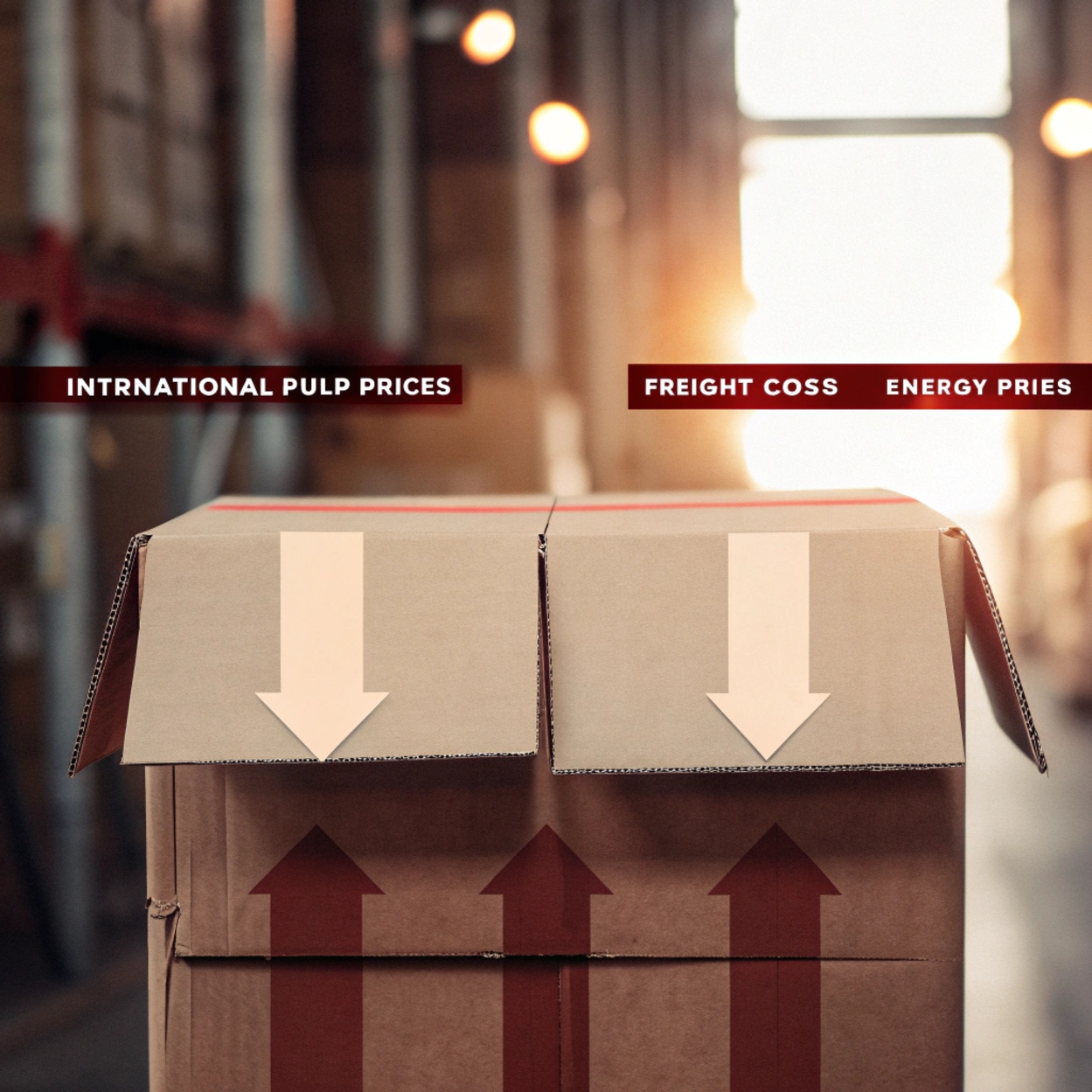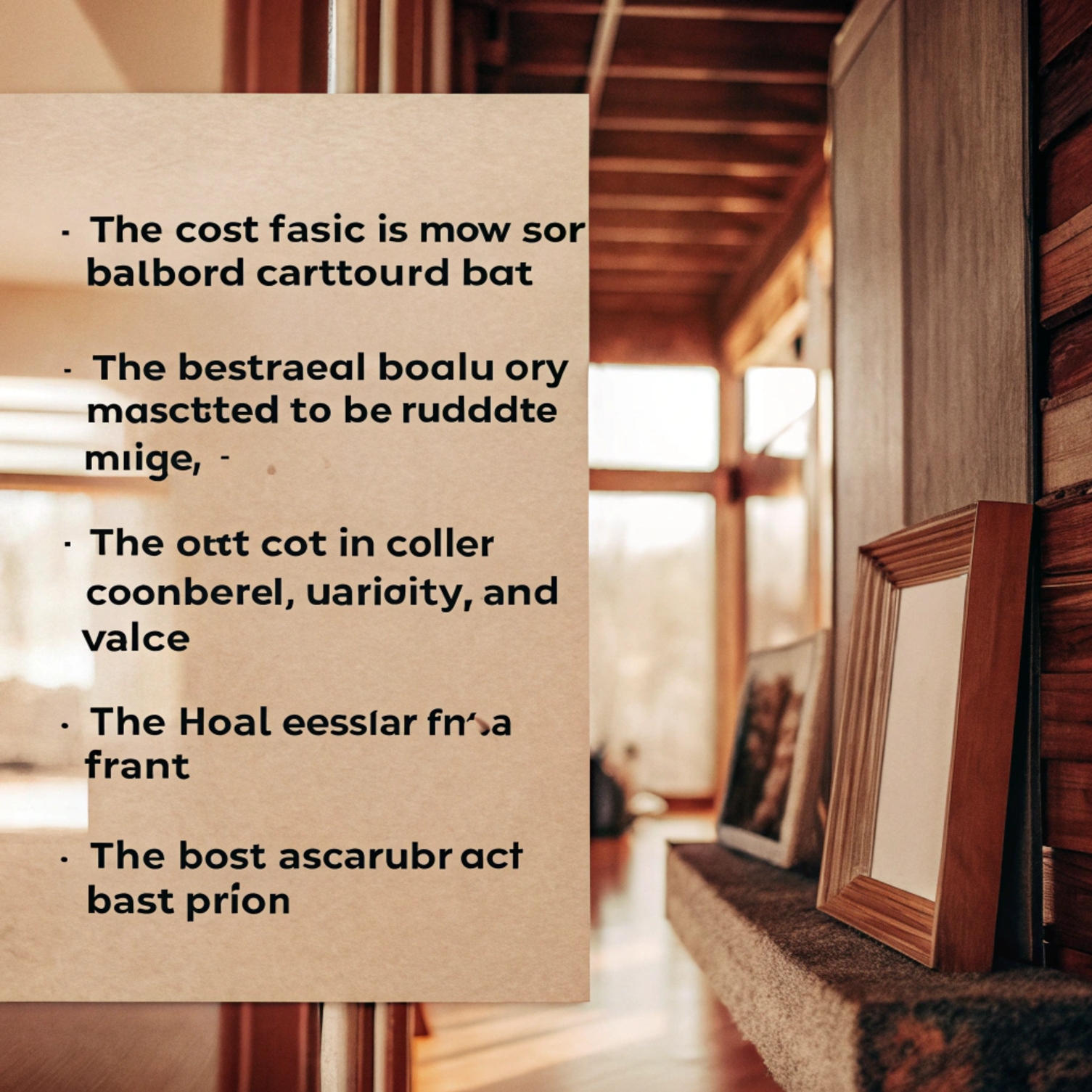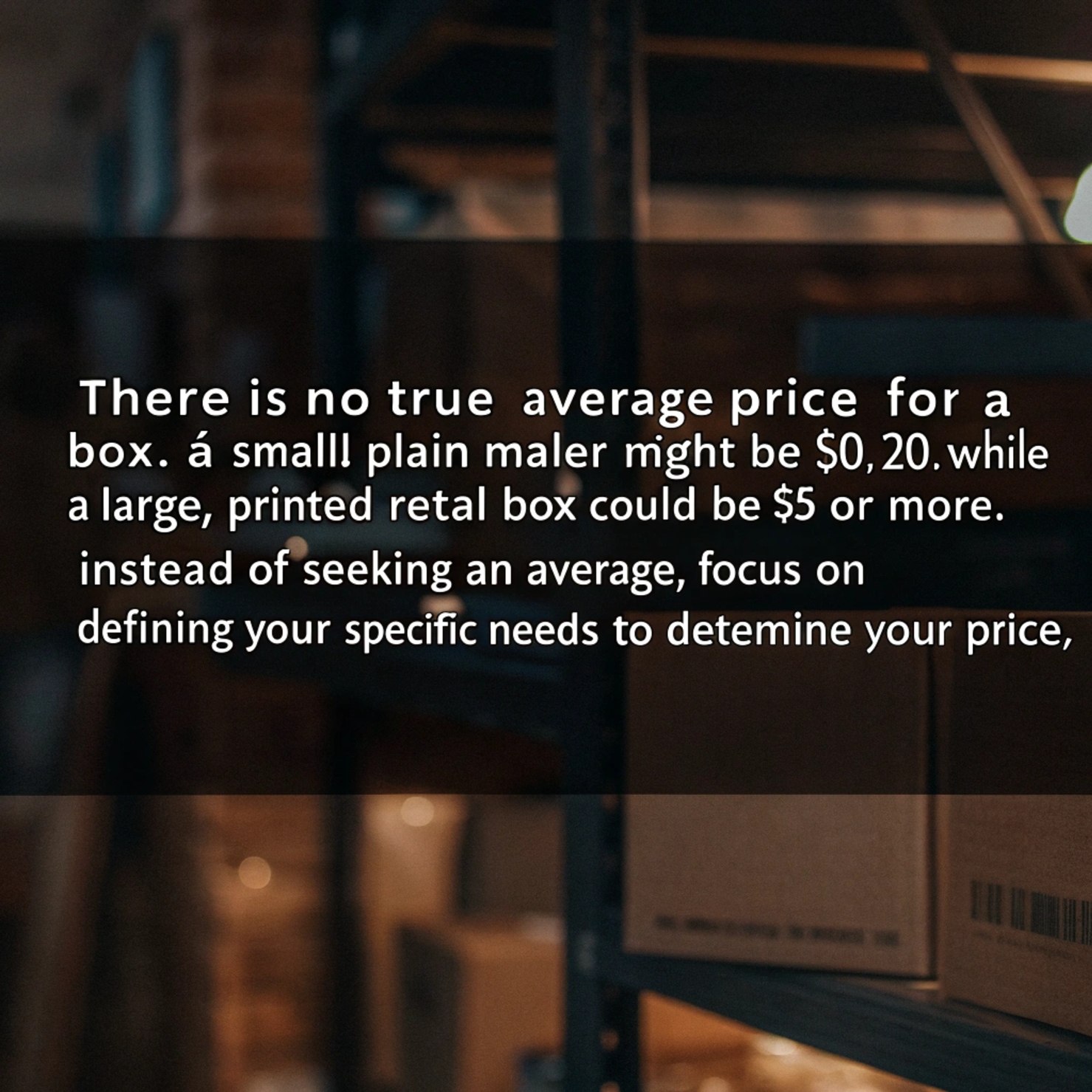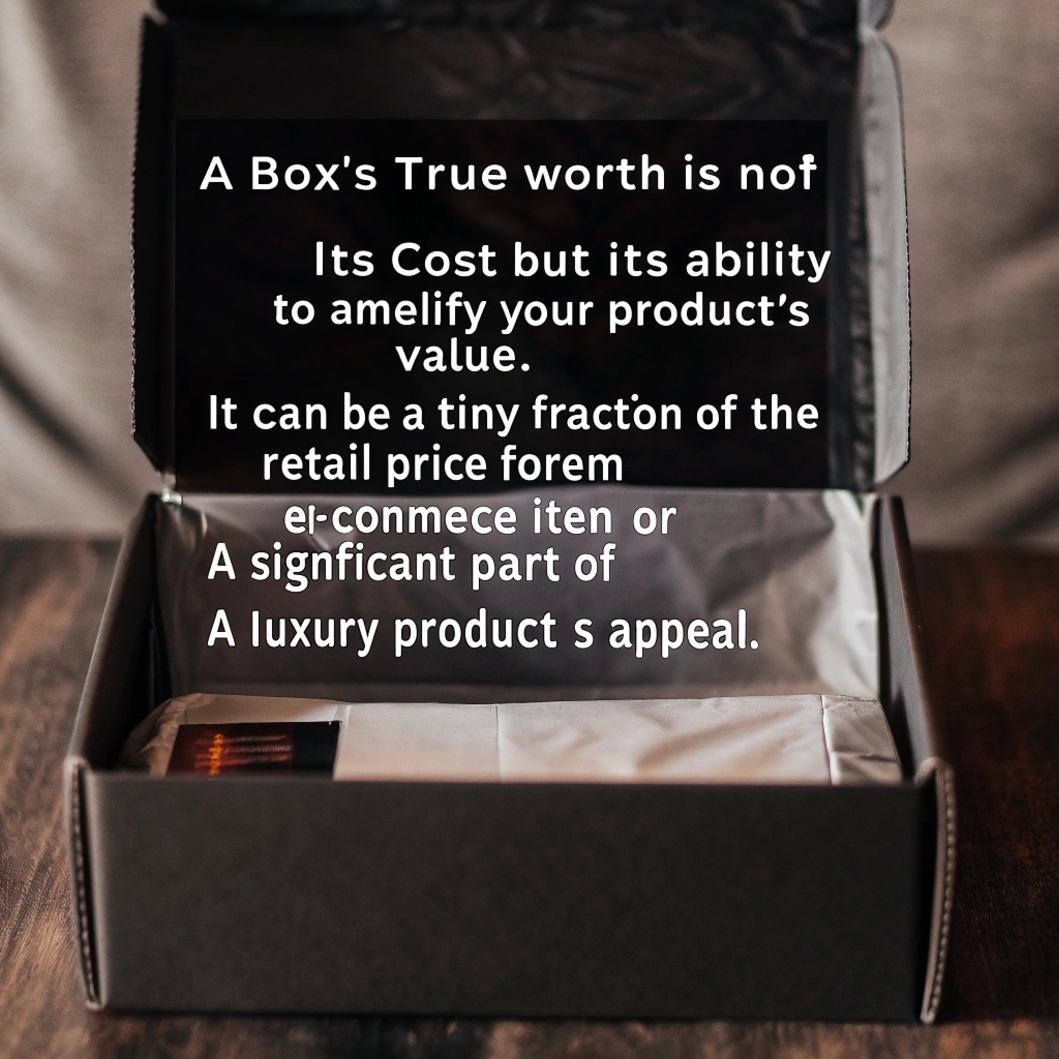
How much does a cardboard box cost?
September 16, 2025 • by Winners Packing
Are you struggling to budget for your packaging? The price of a simple cardboard box seems to change so much, making it hard to plan. Let me help you understand the real costs.
A basic cardboard box[1] can cost from a few cents to several dollars. The final price depends on size, material, quantity, print, and design. Understanding these factors is key to getting an accurate quote and finding the best value for your brand, not just the lowest price.

This huge price range can be confusing. It seems like a simple question, but the answer is complex. I’ve spent my career helping clients navigate these costs, turning a simple expense into a powerful tool for business growth.
Let’s break it down so you can see where your money really goes and how to get the most value.
What is the average price of a box?
Are you trying to find a simple “average price” for a box to use in your forecast? It’s frustrating when every supplier gives you a different number, making budgeting a real headache.
There is no true “average price[2]” for a box. A small, plain mailer might be $0.20, while a large, printed retail box could be $5 or more. Instead of seeking an average, focus on defining your specific needs to determine your price.

The idea of an “average price” can be misleading. A better question to ask is, “What value do I need this box to deliver?” I once worked with a German client on a folding box that cost only 3.5 yuan to produce. That same box was part of a product that retailed for 39 yuan. The huge difference wasn’t just profit. It was a series of small, strategic investments in the box itself.
We transformed a basic container into a complete brand experience by adding specific layers of value. Each layer added a small cost but contributed to a much higher final price and customer perception. Here’s exactly how we did it:
| Value Layer | Feature Added | Cost Increase | Customer Benefit |
|---|---|---|---|
| Protection Layer | Increased crush resistance[3] from 7KG to 21KG | +0.8 yuan | Product arrives safely after long shipping |
| Function Layer | Added moisture-proof coating[4] | +1.2 yuan | Protected contents from humidity damage |
| Experience Layer | Magnetic closure + ribbon slot design | +2.1 yuan | Created premium unboxing experience |
| Emotion Layer | Braille texture + hidden blessing message | +0.9 yuan | Made brand feel inclusive and thoughtful |
The most pride I felt was designing a medicine box for visually impaired customers. We added special raised marks to help them identify different medications. My client told me, “This box provides a sense of security that is more intuitive than the instructions.” That feedback showed me the true worth of strategic packaging design.
Why is cardboard cheap?
You see cardboard everywhere, so you expect it to be cheap. But when you get quotes, the price is higher than you thought. This difference between perception and reality can be confusing.
Cardboard appears cheap because its raw materials are relatively plentiful. However, factors like international pulp prices, freight costs, energy prices, and environmental regulations[5] can significantly increase the final cost of a finished box.

Many of my clients don’t know the hidden forces that drive box prices. They see a simple material, but I see a global supply chain full of variables. Here are the facts that most people miss:
China’s paper pulp import dependency reaches 47%. This means your box cost gets affected by international currency exchange rates. A small change in the dollar can mean a real difference in your final invoice.
The “Waste Ban” policy pushed recycled paper prices up 10% in three years. Environmental taxes added another 8-12% to custom packaging costs. These aren’t small numbers when you order thousands of units.
Recently, we partnered with suppliers to develop bamboo pulp as a replacement for imported wood pulp. This innovation not only reduced costs by 20% but also earned government environmental subsidies. This is what real “Made in China” innovation looks like.
How much are cardboard boxes worth?
You have a budget, and you need to get the lowest price possible. But you also worry that a cheap box might damage your product or hurt your brand’s image. It’s a difficult balance.
A box’s true worth is not its cost but its ability to amplify your product’s value. It can be a tiny fraction of the retail price for an e-commerce item or a significant part of a luxury product’s appeal.

When new team members ask me how much we should charge for a box, I don’t give them a price list. Instead, I show them two pictures on my computer:
- A luxury brand where packaging accounts for 38% of the product’s total cost
- An e-commerce bestseller where packaging is only 1.7% of the cost
This gets them thinking. The packaging for each product is perfect for its purpose. One sells an experience and a brand story. The other sells convenience and efficiency. The worth of the box is perfectly matched to the value of the product inside.
“You see,” I tell them, “packaging is not just a container. It’s a value amplifier. The best price isn’t the lowest number. It’s the most precise value match.”
As one of my clients once said: “Some boxes hold products, some boxes hold memories, and the most expensive boxes hold moments too precious to throw away.”
Conclusion
The best price for a box is not the lowest number but the most accurate match for your product’s value. Smart packaging protects, performs, and tells your brand’s story perfectly.
References
[1] Understanding the factors that affect cardboard box pricing can help you make informed purchasing decisions.
[2] Discovering the average price can help you budget effectively for your packaging needs.
[3] Explore the importance of crush resistance in ensuring product safety during shipping.
[4] Understanding moisture-proof coatings can help you choose the right packaging for sensitive products.
[5] Explore the impact of environmental policies on packaging prices and sustainability.
“`
